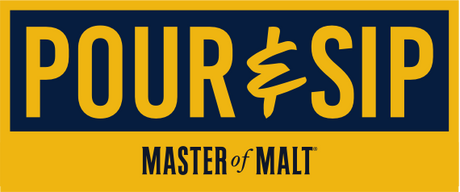Why is there Scotch in my Japanese whisky?

Using Scotch whisky in Japanese expressions isn’t necessarily a bad thing, but a lack of transparency is – we’re taking a look at what it means, why it happens, and some new regulations hot off the press.
Japanese whisky burst onto the scene relatively recently, with whisky production in the country spanning less than a century. This means that the regulations surrounding it are looser than its Scotch or American counterparts, though Japanese whisky’s cult-like popularity has meant it can get away with a premium price tag – even when the spirit isn’t technically Japanese.
In recent years, Japanese whisky lovers will have noticed the absence and retraction of age statements in the category. Whisky isn’t something that can be whipped up overnight to fit a trend, because it takes at least three years until it can legally be labelled as such. When consumers suddenly created an unprecedented demand, the Japanese industry had a problem on its hands – it was impossible for it to keep up. To try and solve the problem, many producers started importing liquid from Scotland and Canada, blending, bottling, and labelling it as Japanese whisky.
Before the rest of the world woke up to the delights of Japanese whisky, within the country this wasn’t much of a problem – much of the liquid is drunk in Highballs where blended or grain whisky shines much better than malts. But as the price tag rose with its popularity, the need for regulations increased, not only to protect the consumer, but to protect the image that Japanese whisky had cultivated for itself, too.
Legally, Scotch must be distilled and aged in Scotland, and the same for bourbon in the US, but this isn’t the case for Japanese whisky. Producers can simply import an aged spirit, bottle it in Japan, slap on a ‘Japanese whisky’ label and call it good. While none of this is technically illegal, it certainly is misleading. This month’s Mars Maltage Cosmo deals with this well, because although there is a portion of Scotch whisky in there, it’s been disclosed, so the consumer can make an informed decision before buying it. There has also been a rise in ‘world whisky’ blends, committing to the same transparency.
But here is where it gets really interesting – while I was literally writing this, some new regulations came to light from the Japan Spirits & Liqueurs Makers Association! On 16 February, it announced the new Standards for Labelling Japanese whisky, which will come into effect on 1 April 2021 (it’s not an April Fool’s, we swear!). If you want to get really geeky, you can find the full standards here, but the major points are that “saccharification, fermentation, and distillation must be carried out at a distillery in Japan” in order to be labelled as ‘Japanese whisky’, and it must also be aged for a minimum of three years in wooden casks, and bottled at a minimum of 40% ABV. It’s important to note that this is not law, and it but only applies to the association’s members, which includes big names such as Nikka. Nevertheless, it is a huge step in the right direction, as Japanese whisky has existed for almost 100 years with no regulations.
How do you feel about these new rules? Let us know!
Jess 🥃



